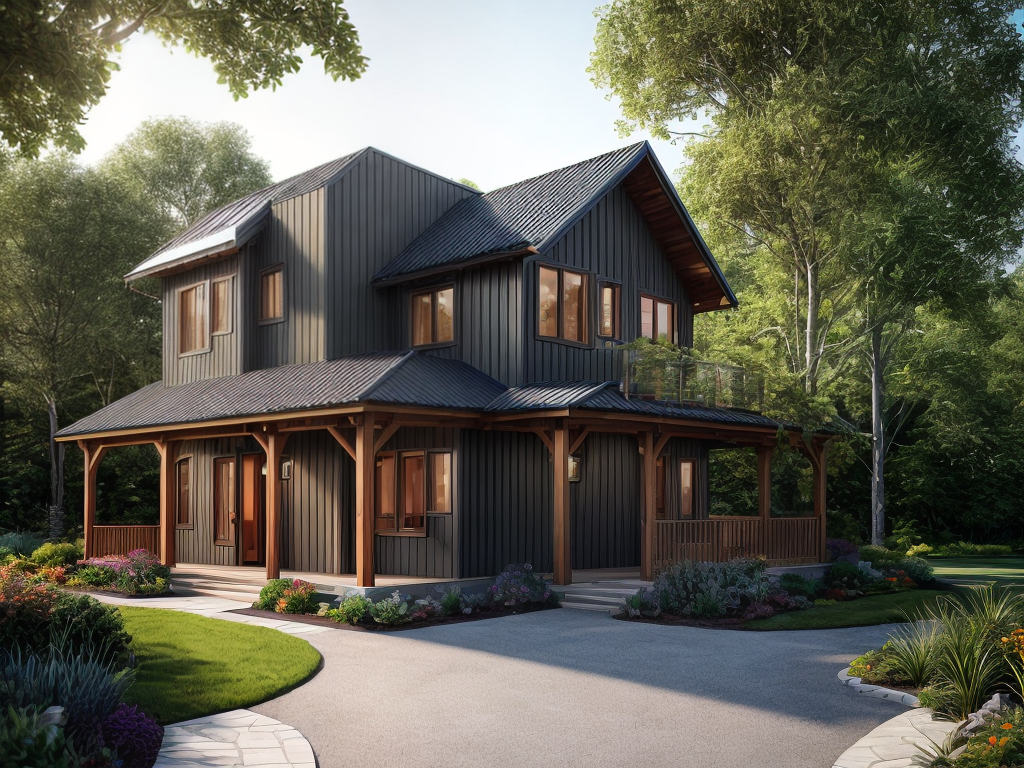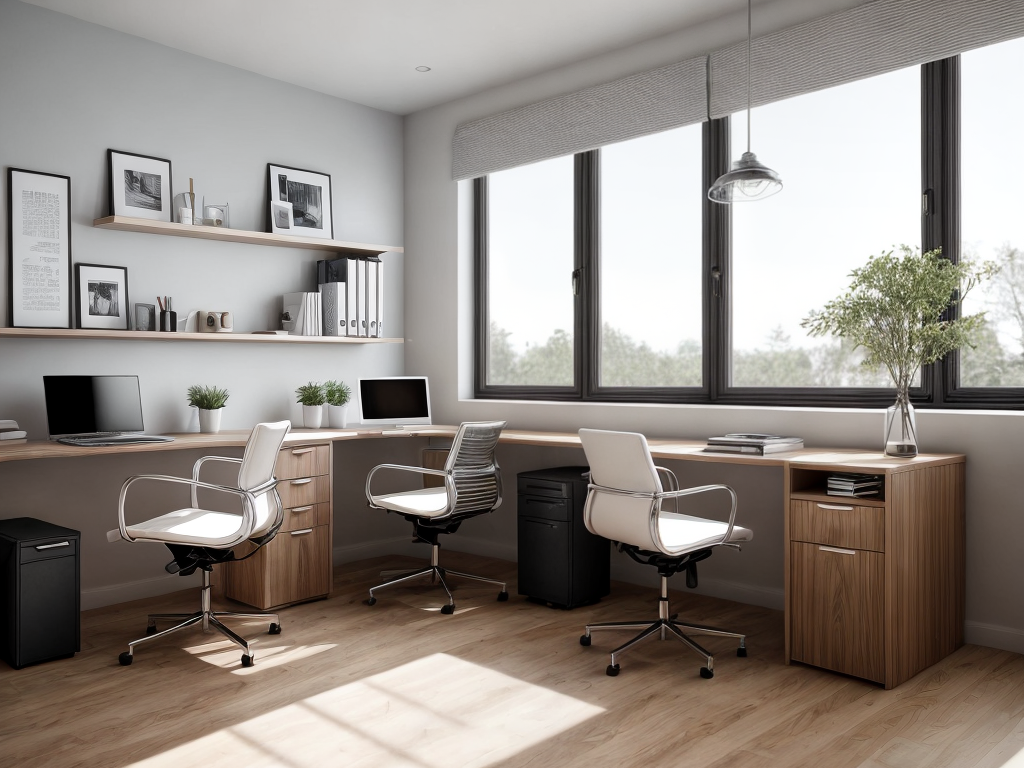
Building a zero-energy home is like chasing a unicorn—a seemingly mythical concept that promises a harmonious coexistence with nature. But is it truly possible to achieve? As an advocate for sustainable living, I’ve embarked on a quest to explore the realm of zero-energy homes and uncover the truth behind this utopian idea. In this discussion, we will delve into the key principles of sustainable design, the utilization of renewable energy sources, the importance of energy-efficient building materials and techniques, and the challenges that must be overcome on the path to constructing a zero-energy home. Stick around, because the answer to this elusive question may be closer than you think.
The Concept of Zero-Energy Homes
Zero-energy homes are revolutionizing the way we think about sustainable living by producing as much energy as they consume. These homes are designed to be highly energy-efficient, utilizing advanced technologies and strategies to minimize energy consumption and maximize energy production. The benefits of zero-energy homes are numerous. Firstly, they significantly reduce energy bills, as homeowners are able to generate their own electricity. This not only saves money but also reduces dependence on fossil fuels and helps combat climate change. Additionally, zero-energy homes improve indoor air quality by incorporating superior insulation and ventilation systems. The future of zero-energy homes looks promising. As technology advances and becomes more affordable, it is expected that these homes will become more mainstream. Governments and organizations around the world are already promoting the adoption of zero-energy homes through incentives and regulations. This will not only lead to a reduction in greenhouse gas emissions but also create jobs and stimulate the economy. The concept of zero-energy homes is not just a trend; it is a necessary step towards a sustainable future.
Key Principles of Sustainable Design
What are the key principles of sustainable design?
Sustainable architecture and green building techniques are essential for creating environmentally friendly structures. By incorporating these principles into the design process, we can minimize the ecological footprint of buildings and promote a more sustainable future. Here are three key principles of sustainable design:
-
Energy efficiency: Designing buildings that maximize energy efficiency is crucial in reducing their environmental impact. This can be achieved through strategies such as incorporating proper insulation, utilizing natural lighting, and implementing energy-efficient appliances and systems.
-
Material selection: Choosing sustainable and eco-friendly materials is another important principle. This involves using materials that have a low carbon footprint, are non-toxic, and can be recycled or reused. It also includes considering the entire lifecycle of the material, from production to disposal.
-
Water conservation: Implementing water-saving measures is essential for sustainable design. This can be done through the use of low-flow fixtures, rainwater harvesting systems, and efficient irrigation methods. Additionally, designing landscapes that require minimal water can also contribute to water conservation efforts.
Utilizing Renewable Energy Sources
Utilizing renewable energy sources is a key aspect of creating a sustainable and zero-energy home. By harnessing the power of natural resources such as sunlight, wind, and water, we can reduce our reliance on fossil fuels and minimize our carbon footprint. The benefits of renewable energy are numerous. Solar panels, for example, allow us to convert sunlight into electricity, providing an endless and clean source of power. Wind turbines can harness the wind’s kinetic energy to generate electricity, while hydropower systems can utilize the force of moving water to do the same.
In addition to environmental benefits, utilizing renewable energy sources can also lead to financial savings. By generating our own electricity, we can reduce or even eliminate our monthly energy bills. Furthermore, many governments offer incentives and rebates to encourage homeowners to adopt renewable energy systems. These incentives can help offset the initial installation costs and make renewable energy more financially viable.
Energy-Efficient Building Materials and Techniques
To create a truly energy-efficient home, it is crucial to incorporate the right building materials and techniques. Here are three key elements to consider:
-
Energy-efficient insulation: Proper insulation is essential to minimize heat loss in winter and heat gain in summer. High-quality insulation materials, such as spray foam insulation or cellulose insulation, can significantly reduce energy consumption by maintaining a stable indoor temperature. Additionally, insulating windows and doors with double or triple glazing can further enhance energy efficiency by preventing heat transfer.
-
Passive solar design: Incorporating passive solar design principles can maximize energy efficiency. This approach involves strategically positioning windows, awnings, and shading devices to optimize natural lighting and heat from the sun. By harnessing the sun’s energy, homeowners can reduce reliance on artificial lighting and heating systems. Additionally, thermal mass materials like concrete or brick can absorb and store heat, releasing it slowly to maintain a comfortable temperature.
-
Energy-efficient building techniques: Building techniques play a vital role in energy efficiency. Employing airtight construction methods, such as sealing gaps and using weatherstripping, can prevent air leakage and improve insulation performance. Additionally, using energy-efficient appliances, LED lighting, and smart home technology can further reduce energy consumption.
Overcoming Challenges in Zero-Energy Home Construction
To successfully achieve zero-energy home construction, it is important to address and overcome various challenges that may arise along the way. One of the main challenges is the cost. Implementing energy-efficient technologies and materials can be expensive, making it difficult for homeowners to afford the upfront investment. However, there are solutions to this challenge. Government incentives and subsidies can help offset the initial costs, making it more affordable for homeowners to pursue zero-energy home construction. Additionally, long-term savings on energy bills can help recoup the initial investment over time.
Another challenge is the limited availability of skilled professionals. Building a zero-energy home requires specialized knowledge and expertise. However, the industry is still catching up, and there may be a shortage of professionals who have experience in designing and constructing these homes. The solution to this challenge is to invest in education and training programs that focus on zero-energy home construction. By equipping professionals with the necessary skills, we can ensure a larger pool of qualified individuals who can successfully build zero-energy homes.
Lastly, climate considerations pose a challenge in zero-energy home construction. Different regions have varying climates and weather patterns, which can impact the energy efficiency of the home. The solution is to design homes that are specifically tailored to the local climate. By considering factors such as insulation, solar orientation, and ventilation, we can optimize the home’s energy performance and ensure its ability to generate and conserve energy regardless of the climate.





